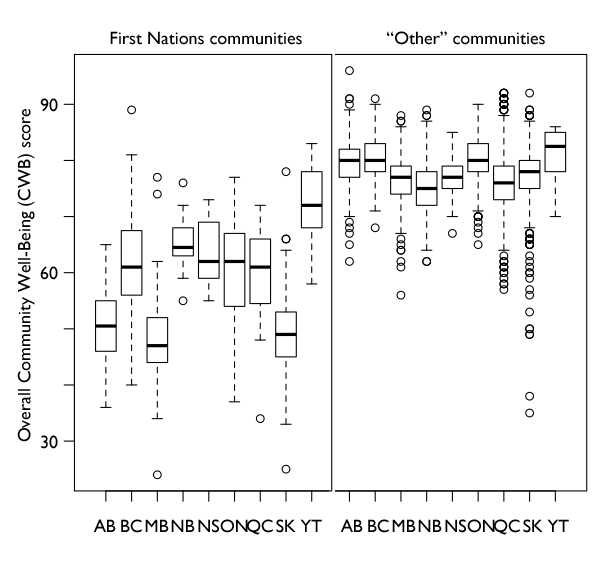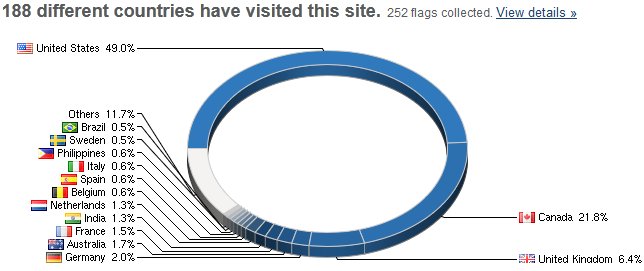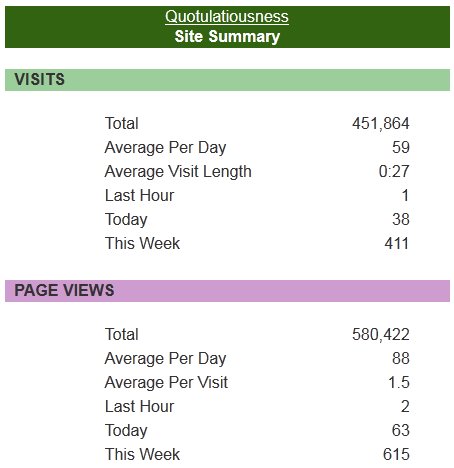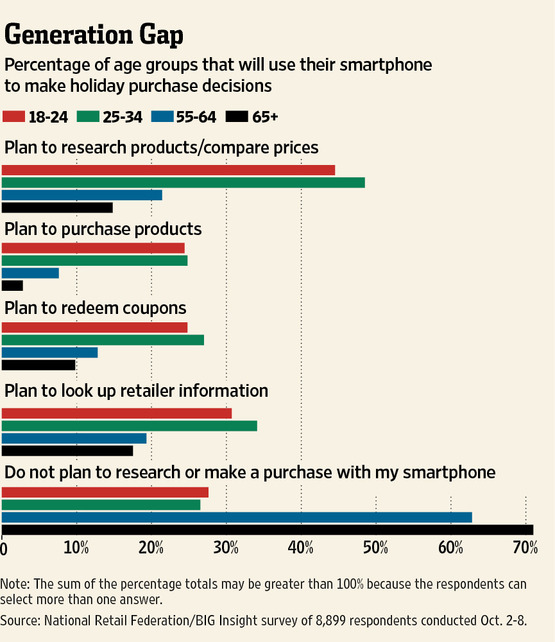Don Boudreaux produces an anecdotal list of things that refute the inane notion that America’s standard of living peaked in the 1970s:
What follows here is drawn from memory. Perhaps my memory is grossly distorted, but my report of it here is an undistorted reflection of that memory. Here’s some of what I recall, of relevance to this discussion, from middle-class America of the 1970s; I offer the 25 items on this list in no particular order, except as they come to me.
(1) Automobiles broke down much more frequently than they break down today, hence, leaving motorists stranded, sometimes for hours, more often than is the case today.
(2) Automobiles rusted faster and more thoroughly than they do today.
(3) Someone in his or her early 70s was widely regarded as being quite old.
(4) “Old” people back then were much more likely to wear dentures than are “old” people today.
(5) Frozen foods in supermarkets were gawdawful by the standards of today – in terms both of quality and of selection.
[. . .]
(21) Coffee sucked. (It was almost all made from robusta beans.) And the selection of teas was pretty much limited to whatever Lipton sold.
(22) A diagnosis of cancer was far more frightening than it is today. Any person so diagnosed was regarded as being as good as dead.
(23) Going to college was much more unusual than it is today.
(24) Contact lenses were much more expensive than they are today. I purchased insurance (!) on my first pair of soft contact lenses (which I bought in 1980) in order to protect myself against the financial consequences of losing or damaging the one pair that I bought. (Such lenses were bought one pair at a time.)
(25) The idea of widespread use of personal computers seemed like science fiction. I very clearly recall overhearing, in the Spring of 1980, one of my economics professors, Wayne Shell (who also taught computer science), telling someone that he believed that, within a few years, many American households will have a computer. I thought at the time that Dr. Shell’s prediction was fancifully far-fetched.
I could go on, listing at least another 50 such recollections. But instead I’ll end this post here.









